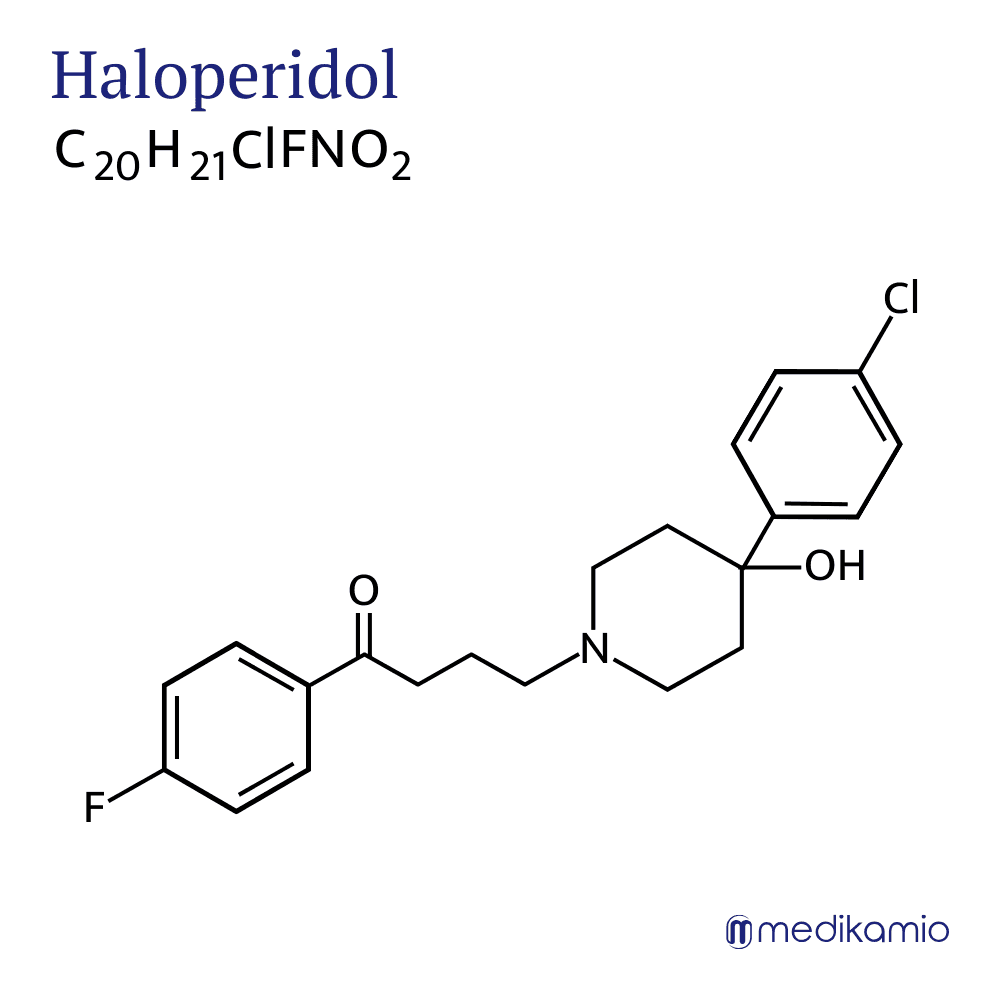Pregnancy
Haloperidol can be used during pregnancy after consultation with your doctor and if no alternative is possible.
No increased risk of malformations has been found in the 1st trimester of pregnancy.
In the 2nd and 3rd trimester of pregnancy, the newborn may experience adjustment disorders, which disappear again. This can lead to impaired breathing, gastrointestinal tract and brain function (affecting the nervous system). In addition to the adaptation disorders, extrapyramidal motor disorders may occur.
Lactation
Haloperidol should only be used during breastfeeding after consultation with your doctor and with reservations.
Babies whose mothers take unusually high doses may suffer from psychomotor developmental disorders. If therapy has to be continued, it is advisable to have the infant's plasma levels determined after 2-3 weeks in order to see to what extent the infant is absorbing the active substance through breast milk.

